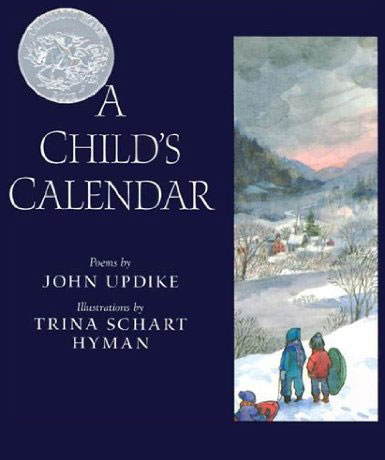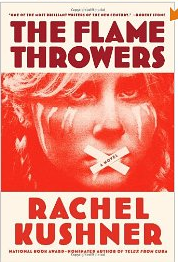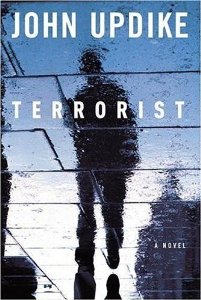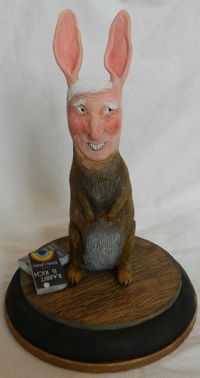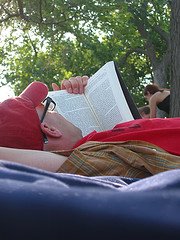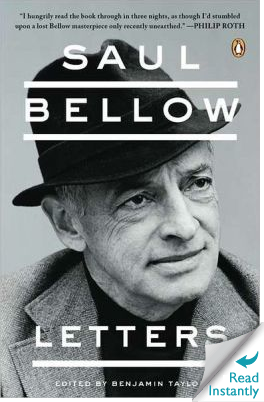Sometimes it takes a while for things to rise to the top in that massive cache of Internet offerings, as happened with two 2009 tributes to John Updike—one written by Michael Dirda for The Chronicle of Higher Education, and the other posted by “an Indian fan.”
“John Updike, 1932-2009”
Dirda’s tribute, posted on February 13, 2009, includes some interesting observations. “Updike recognized that American literature and American art often occupy a realm between fantasy and reality, that they rely on mystery and symbolism as much as on apt observation, that our greatest novelists and painters are constantly edging into the magical and dreamlike,” Dirda writes, concluding, “Updike’s own fiction feels grounded in archetypes, touched with romance and myth.” Here’s the link to the full essay.
“An Indian fan of American writer John Updike”
Journalist Shevlin Sebastian, who has worked for magazines and newspapers in Kolkata, Kochi, and Mumbai and now writes for the New Indian Express in Kochi, posted his Updike tribute on February 4, 2009. “At the American Centre library in Kolkata, where I was a regular visitor, there would always be a row of Updike books,” Sebastian writes. He expresses one “enduring regret”—that Updike’s death removed him from consideration for the Nobel Prize. Here is a link to the full post.


